I recently decided to escape the British winter (and another potential Beast from the East) for the sunshine of Gran Canaria. Though a last-minute decision, I considered myself fairly well set for a couple of weeks of rest and relaxation on foreign shores. After all, I had packed my budgie smugglers, a garishly coloured beach towel I had use to reserve my poolside sun lounger, some factor 80 sunscreen and – even if I say so myself – a pretty stylish pair of shades.
Form meets function
For me, sunglasses are not just about looking the part. I mean I am as vain as the next chap when it comes to wanting to looking street-wise cool, but because I am registered as severely sight impaired it is more important my shades maximise my minimal vision. There is a limit to how stylish you can look falling into a hotel pool you had not noticed was there.
My particular visual impairment is retinitis pigmentosa, which impacts upon depth perception and causes night blindness along with issues with extreme glare. It also reduces peripheral vision, acuity and colour contrast, so pretty much everything, in short, gets reduced.
Now that is a fair list of visual impairments for any one pair of sunglasses to cope with, but having done all the necessary research I was confident mine were up to the task. I had been to my local low vision centre, taken their advice, and had even taken my adapted sunglasses for a quick spin around my local store, and felt I had the best pair for the job.
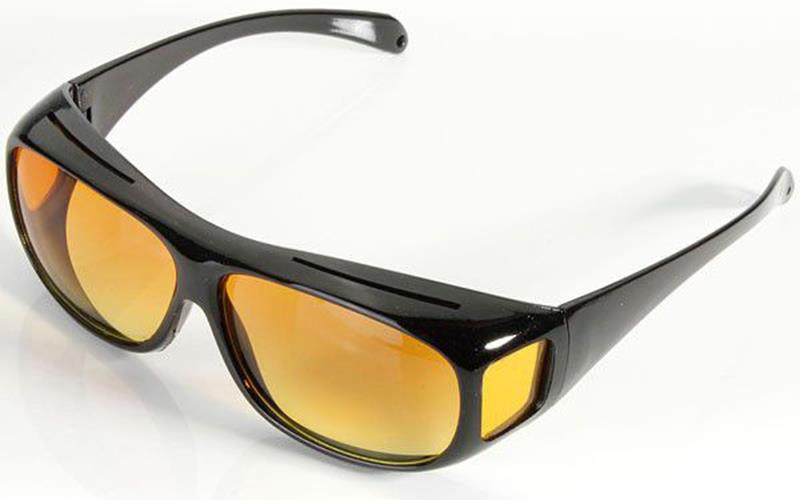
Optimum customisation
These sunglasses had not only been fitted with my lens prescription, but had also been polarised and tinted. What was more, the coloured tint I had been recommended represented the optimum colouration for my condition. Big, sporty wraparounds which I thought James Bond would have been proud to wear, and Q would have struggled to better. My only reservation was how far I could truly gauge their effectiveness for two weeks in the Gran Can sun by walking around a low vision centre. Here goes…
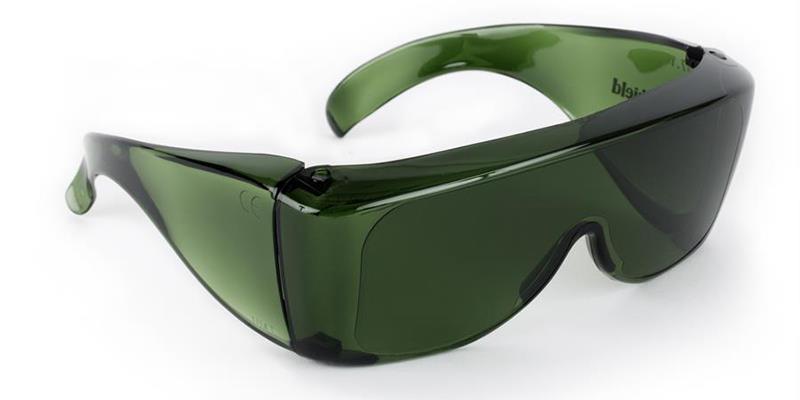
Gran Can Carry-On
My Gran Can experience went something like this: in constant, even sunlight my shades were absolutely fine, and I had no problems whatsoever. Whenever I walked through large areas of shade though (a grove of trees for example), I would have to take them off to have any chance of seeing where I was going and bumping head-on with a tree (more Mr Bean than James Bond). They simply did not adapt sufficiently or quickly enough to extreme changes in light. Then I would walk back into direct sunlight and have to shield my eyes with my hands until I could put my sunglasses back on. After just a few minutes of this (shade off, bright light on, shade off, bright light on) I started to feel like a nodding dog, and probably looked like one too.
This was not the only issue with my state-of-the-art shades. When the sun was low and in my angle of gaze looking forward, they struggled to cope with the extreme glare, so off they would have to come again, and up would go my hand to protect my eyes. Even indoors I had problems. My depth perception difficulties meant going up and down stairs in my glasses started to feel like a game of Russian roulette, and off the sunglasses would come again.
And the moral is…
In short, it is probably fair to say I learned on my holiday that there is no perfect pair of sunglasses for every light condition. I am sure fully sighted people would tell you the same. The important thing when choosing and adapting your sunglasses is to think about the most common lighting conditions you will face, and make sure they are suitable for those. Also, to think about your particular visual challenges and what optical features can most ameliorate those.
All too often however I talk to people with visual impairments who are being poorly advised, or not advised at all, on the benefits of polarisation and tinting when it comes to choosing sunglasses. Professional advice is vital here because these simple adaptations can make a huge difference. For all my holiday frustrations, I am sure had my sunglasses not been adapted to include these features my Gran Can experience would have been a lot more problematic and a lot less fun than it actually was. And at least while everyone was shivering in Britain, I could feel the heat.
Hints for tints
With this in mind, here is a short guide for choosing adapted sunglasses that get the job done.
- Spectacles need to be fitted. Well-fitted sunglasses should rest close to your face and protect eyes from light entering from different directions.
- Sunglasses should offer UVA and UVB protection, and conform to European standards.
- Make available a range of lens tints to find out which gives the best all-around vision (figure 1). Patients should be able to try these at a local RNIB Resource Centre or low vision service. Also, community optometry practices are able to make specific filter lenses up to your prescription.
- There is a vast range of filters: within each colour range, for example yellow, there may be 20 variations, each with a slightly different impact.
- Yellow filters may enhance contrast, and can be particularly effective in improving vision for people suffering from conditions such as macular degeneration and optic atrophy (figures 2 and 3). Orange lenses are more effective for people with conditions such as glaucoma, cataracts, and retinopathia pigmentosa. Plum-coloured filters, meanwhile, are more general-purpose absorptive filters, and are effective in helping with many of the above conditions, as well as photophobia and diabetic retinopathy.
So, in conclusion
Although there may be no perfect sunglass solution for every light condition and every visual impairment, well-chosen sunglasses with the correct filter can go a long way to optimising the sight of people with low vision. They also help to ensure you only end up crashing into the hotel pool when you feel like a swim. Remember not all people with visual impairments need dark glasses.
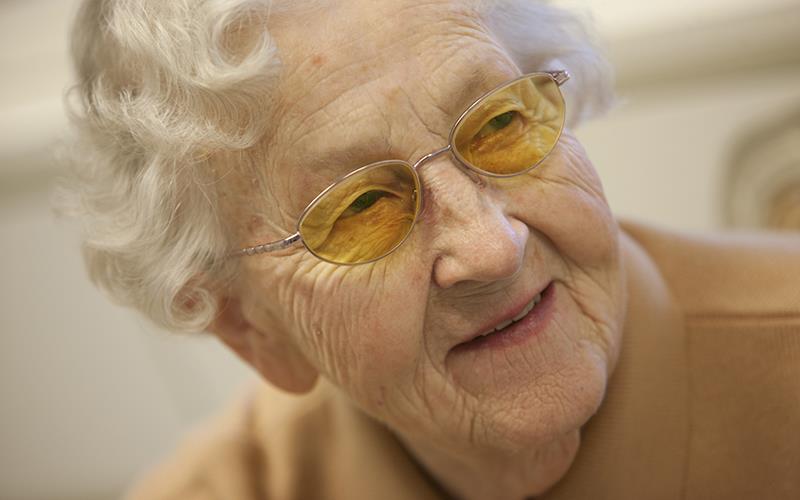
Figure 2: Some people with macular degeneration find improved contrast with a yellow tint
Supporting low vision patients who can no longer drive
For many of us, learning to drive is one of life’s rites of passage. It represents a stepping-stone into adulthood, and a passport to independence we all too quickly take for granted. How it might feel to have that autonomy taken away from us is something to which we barely give a thought; yet for many people in the UK with low vision it will become an all too painful reality.
Last year in the UK the DVLA revoked the licences of more than 9,000 drivers because of poor vision, an increase of more than 2,000 since 2012. These numbers are set to rise as the UK grapples with the impacts of its ageing population and diabetes (figure 4).
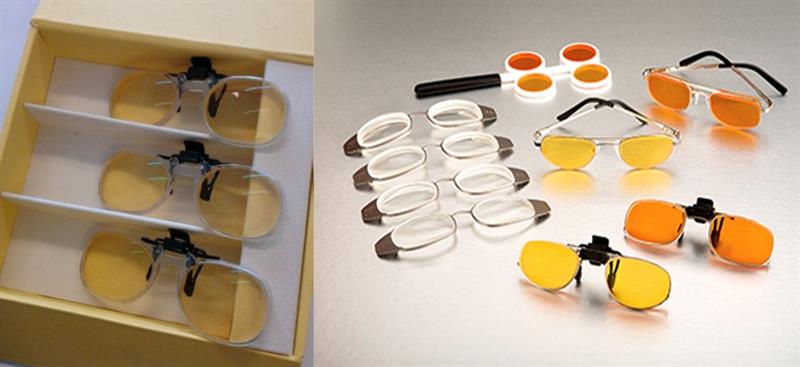
Figure 3: Trying different tints before dispensing is essential
First port of call
The responsibility for informing patients their eyesight no longer conforms to the requirements for holding a UK driving licence often falls to optometrists. In this situation, many understand their role as simply to refer these patients to ophthalmologists within larger hospital units, but what more can be done to facilitate this often emotional and sometimes traumatic period of adjustment? See box for a list of some common eye or related conditions that may impact upon driving ability and need to be reported to the DVLA once identified.
Being aware of the larger picture
Firstly, as eye care professionals you need to understand and be empathetic to just what a wrench the loss of a licence can be for drivers. Many will worry about becoming a burden and dependent on others, and this fear will often be compounded by fears of further deterioration in their sight. For others, who perhaps live in remote areas or who depend upon a car for work, there will be fears about the very real impacts on their lives and livelihoods that not being able to drive may have.
Being aware of referral services
Beyond demonstrating a sensitivity to your patients’ concerns, you need to be fully informed about appropriate referral services, so that you can seamlessly connect them to local and national sight loss organisations such as the RNIB, Sightline, local sensory impairment teams, local sight loss charities, Eye Clinic Liaison Officers and the Macular Society. These organisations will have trained advisors able to talk patients through the practical adjustments they may need to make, and to help them with the emotional issues they need to process.
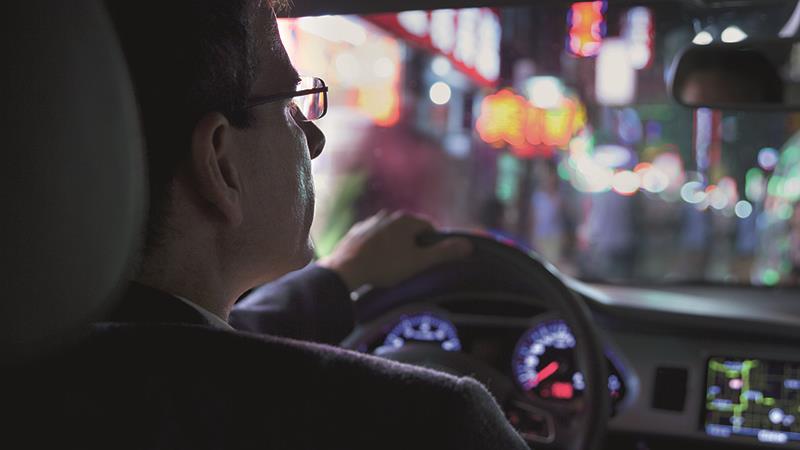
Figure 4: The number of revoked driving licences due to reduced vision is increasing each year in the UK
Practical support and advice
Part of the sight loss organisation’s job will be to provide practical mobility advice to minimise the impacts of no longer being able to drive. This may be as simple and straightforward as how to access public transport in the local area, or ride-sharing Apps such as Uber. It may also involve providing information on the financial assistance available to cover additional transportation costs. They will provide advice and guidance for these patients surrounding things like Access to Work, welfare benefits, emotional support, peer support groups, etc.
Thinking outside of the box
They will also be able to offer lots of practical support on low vision issues less directly related to physical mobility, but which may be of equal importance after a low vision diagnosis. Many patients, for example, will not be aware of additional support they may require and be entitled to. This may include Vision Rehabilitation Workers or modifications to living spaces that enable them to continue to live independent lives.
Emotional support and encouragement
An Eye Clinic Liaison Officer’s role is to offer so much more than simply practical advice, of course. Advisors will be trained to provide the emotional support that many patients experiencing low vision, and fearful of the consequences of further deterioration in their sight, will require.
Many organisations will have sensory teams specialising in a combination of practical support and will be able to offer the sorts of holistic rehabilitation services that are most beneficial to patients. This combination of informed assistance and emotional support allows patients to regain confidence along with their independence.
A patient can be fined up to £1,000 if you do not tell DVLA about a medical condition that affects your driving and may be prosecuted if they are involved in an accident as a result. This includes the following eye, vision or related conditions:
- Blackouts
- Blepharospasm
- Retinal vein occlusion
- Cataract
- Cognitive problems
- Diabetic retinopathy
- Diplopia
- Dizziness
- Glaucoma
- Hemianopia
- Macular degeneration
- Malignant melanoma
- Marfan syndrome
- Mini-stroke
- Monocular vision
- Myasthenia gravis
- Night blindness
- Nystagmus
- Optic atrophy
- Optic neuritis
- Pituitary tumour
- Retinal treatment
- Retinopathy (other than diabetic)
- Scotoma
- Transient ischaemic attack
- Tunnel vision
- Usher syndrome
The full list is available at www.gov.uk/health-conditions-and-driving and is useful for all eye care professionals to be aware of
Daniel Williams is founder of Visualise Training and Consultancy.
Visualise Training and Consultancy has created a free innoative resource pack which makes it easier for eye care professionals to refer their patients to sight loss services which can be downloaded at http://www.visualisetrainingandconsultancy.com/resource-pack-health-pros.
